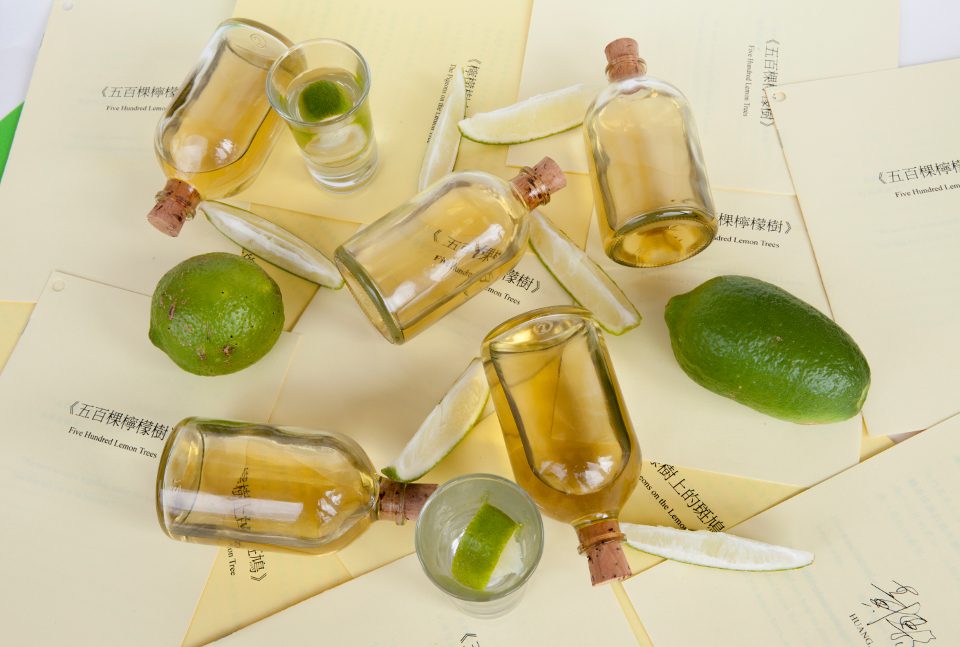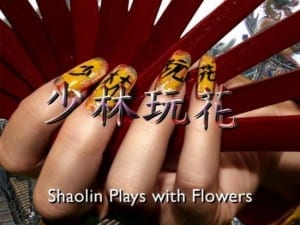The Centre for Chinese Contemporary Art (CFCCA) opens its gallery to environmentally and socially concerned artists in its latest exhibition, Micro Micro Revolution. Led by Associate Curator Lu Pei-yi, this new presentation explores the power of art as a vehicle to address social change in Taiwan through three socially-engaged art projects. These ongoing process-based, participative works address key environmental issues from the region including land-use, pollution and sustainability, and act as a form of resistance and a platform for exchange. We speak to CFCCA Director Zoe Dunbar and Pei-yi ahead of tonight’s preview launch to discuss the ideology behind the project and the challenges of curating artworks with a transitory nature.
A: Micro Micro Revolution uses art to explore social change in Taiwan. Where did the inspiration for this exhibition come from, and what does it seek to achieve?
ZD: Lu Pei-yi is one of our associate curators based in Taiwan. Much of our programme is informed by the research gathered by our associate curators based in mainland China, Hong Kong and Taiwan. Following research Pei-yi did for us in 2013 looking at socially engaged art practice, she was invited to submit a proposal for Micro Micro Revolution which provided a perfect fit against one of the four core strands of CFCCA’s programme: to explore and celebrate socially engaged art practice from mainland China, Hong Kong and Taiwan.
LPY: The aim of Micro Micro Revolution is to explore the potential power of art to instigate real social change. That means these three projects respond to the socio-political-economic-cultural circumstance in Taiwan in varying degrees. Rather than taking a provocative position on social issues, I would like to present another approach to UK audiences: a soft strategy, eco-friendly attitude that might be rooted in the culture of respecting nature in spirit. The title of this exhibition’s repetition of “Micro” emphasises that this small, soft power still has the potential to trigger a revolution.
A: The show places great emphasis on socially-engaged and participative projects. In your opinion, how do these processes enrich both the artist’s practice and viewer’s experience compared to other art forms?
ZD: Recent art coming from Taiwan is really fascinating; artists are responding to huge social, economic and cultural changes within the country such as the Sunflower student protest movement (similar to the Umbrella movement in Hong Kong). What’s interesting is the way artists from Taiwan are focused on engaging with the wider public rather than talking to a small community of likeminded peers.
LPY: The main concern of socially-engaged art is about people. I didn’t want to curate another passive ‘documentation’ show. We have three artists coming here to engage in face-to –face dialogue with UK local art organisations, socially engaged initiatives and audiences through a talk at Tate Modern, a symposium at The Whitworth and public performances and demonstrations at the Whitworth’s Saturday Supplement. The artists will share and exchange the similarities and differences between like-minded projects in the UK and Taiwan. I think these are very valuable experiences for both nationalities.
A: The artists featured in Micro Micro Revolution address current environmental concerns in Taiwan. Can you talk about some of the key works on display?
ZD: I think Peiyi has selected some really fascinating projects for Micro Micro Revolution. Projects like Wu Mali’s A Cultural Action at Plum Tree Creek where the artists went and lived and worked amongst a community affected by water pollution in their local river, or Huang Po-Chih’s 500 Lemon Trees where the artist invites the audience to donate to a Kickstarter fund to buy new lemon trees for farmers in Taiwan, are examples of art practices that have a real, tangible impact.
LPY: A Cultural Action at the Plum Tree Creek and Bamboo Curtain Studio sees art as a vehicle for addressing environmental issues surrounding the river via interdisciplinary collaboration and education. It engages real affected communities with the issue and encourages exploration of the issue with the generations that will grow up to be most affected by damage to the river. Plant-Matter Needed by Hsu Su-chen and Lu Chien-ming takes art as an alternative form of social movement to resist government’s urban plans and to rebuild their village, as well as their traditional culture of life. 500 Lemon Trees uses art as a platform for exchange in order to regenerate three abandoned farmlands and develop a new economic sustainable model in which there is a genuine exchange between supplier and consumer that moves beyond financial activity.
A: How did you and CFCCA go about curating artworks with such a transitory nature? What were your intentions behind headings such as Art as Environment and Art as Social Movement?
ZD: We hope that the exhibition will be the start of a longer dialogue about ecology and socially engaged art in the UK and Taiwan. As well as the exhibition we are also planning a symposium in collaboration with the Whitworth and Manchester Metropolitan University and an on-line publication that will track where the discussion goes after the exhibition and the symposium. By supporting ongoing projects such as these, we are expanding dialogues and connecting the UK arts scene with a context in Taiwan that is different and of the moment. We hope that this will lead to new collaborations and projects as well as a greater understanding between two cultures engaging with current issues.
LPY: In summer 2013, as an associate curator of CFCCA, I did a report about social engagement/relational work in which I focus on two cases in Taiwan: A Cultural Action at the Plum Tree Creek and Plant-Matter Needed. When CFCCA suggested me to curate a show in 2014, I was delighted to do that. Based on this report, I added Po-Chih’s 500 Lemon Trees project. Therefore this exhibition will provide different aspects: Art as Environment, Art as Social Movement and Art as Platform.
A: CFCCA strengthens and informs viewers of artistic developments in East Asia. How does this latest show connect with the centre’s overall aims?
ZD: Our primary aim is to promote the understanding of, and engagement with, contemporary art in the Asia Pacific region. We hope this show will act as an eye opener for UK audiences, introducing them to an art scene in Taiwan that is connecting with global issues through practices rooted within local environments with local impacts. By bringing these projects to the UK CFCCA are connecting these cultural practices in a wider international dialogue so we can learn from each other. We also aim to bring together artists, curators, writers and academics to look at some of the most crucial issues of our age. We believe that bringing together two different cultural views on the same topic will both show the differences and also highlight the common ground. Through this we hope to encourage and widen the debate.
Micro Micro Revolution, 3 July – 6 September, Centre for Chinese Contemporary Art (CFCCA), Market Buildings, Thomas Street, Manchester, M4 1EU.
Visit www.cfcca.org.uk for more.
Follow us on Twitter @AestheticaMag for the latest news in contemporary art and culture.
Credits
1. Huang Po-chih, 500 Lemon Trees, 2015. Courtesy of CFCCA.





